You never know what you’re missing until you see it for the first time: that moment of recognition when you watch somebody like yourself on a movie screen, in a magazine spread, on the TV. We’ve all had our Ellens, our Brittany and Santanas, our Alice and Danas that inspire a brief moment of identification in a sea of femme-girl-gets-the-guy plots or white-guy-saves-the-world movies. They’re few and far between, but sometimes, they’re there.
It’s even more difficult to find a show that represents queer Asian Americans, though, because these shows don’t really exist. Queer Asian women just aren’t on the radar in mainstream culture. We have the effervescent Margaret Cho, the butch-as-hell Jenny Shimizu and the party girls Bathilda, Charlene and Davonee on Logo’s Gimme Sugar — but where’s the rest of queer Asian America?
When I was a child, I watched the James Bond movie Tomorrow Never Dies three times to get a closer glimpse at Michelle Yeoh as a lead protagonist. Seeing an image of myself, an Asian woman, on a big screen — not evil, not a faceless henchman and not killed at the end of the film — was exhilarating, even if the film itself was wobbly at best.
I identified with her in a way I hadn’t identified with any character or actress before, and there was an odd feeling of pride that settled into my ribs after seeing that movie, something odd and unfamiliar. As an Asian American kid growing up in a predominantly white town, people at school would regularly pull the corners of their eyes into slits and spout the racist “Ching chong ching chong” drivel at me — I’m certain many Asian American kids have experienced the same thing. I was singled out and pushed away by kids who called me Oriental, made fun of my name by calling me “Whitney Poo” and insisted that I knew kung-fu. Race was something I was not proud of, by any means. I wanted to be invisible. For the most part, the TV and films that I saw confirmed that this was true.
What if you find that people like you are missing from TV and film? What if you realize that even queer progressive shows are limited in their portrayal of people who look like you? What if you feel like the world is missing representation of people that you identify with?
Well then. You go out and make it yourself.
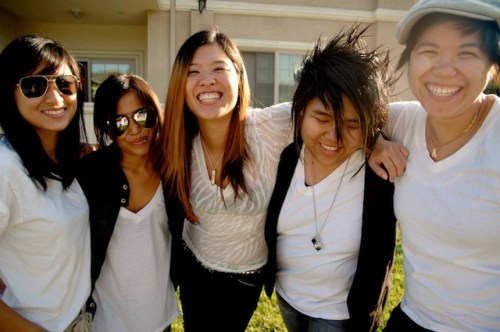
That’s What She Said is a Los Angeles-based web series completely filmed, edited, written and acted by an Asian/American cast and crew. Currently finished with its first season and gearing up for a second, the show is produced by Pearl Girls Productions, a team of queer and straight individuals living in California — Anni Gee, Narinda Heng, N. Ki, Claire Kim, Vicky Luu and Allison Santos. The storylines in TWSS star straight, queer and gender non-normative characters, and the scripts revolve around the sugar-sweet formula that made The L Word such a success: a cast of five main characters getting together, breaking up and hooking up.
The show stars intriguing characters that might seem familiar to fans of The L Word — there is the swaggery, chain-smoking, heartbreaking Shin Tanaka, played by Heng; the awkward, pixie-haired Ohio-to-LA transplant Nic Tran, performed by Luu; the funny, supportive caretaker of the group, Rae Constantino, played by Santos; the sassy ally and activist Leslie Park, played by Kim; and the posh party-girl queer Babbette Liu, also known as “Baby,” played by Anni Gee.
The characters might seem somewhat familiar, but what sets the web series apart is its attempt to deal with not-so-mainstream queer issues. The show poignantly deals with the anxieties of coming out (or staying closeted) to an extended immigrant family, and the family pressure around a straight marriage. There are involved story arcs involving interracial and interethnic relationships, and themes that deal directly with being a second- or first-generation Asian American. The show pointedly makes an effort to present a multi-ethnic community — each of the main characters are of a different ethnicity, including Vietnamese, Japanese, Chinese, Korean and Filipina — and this effort to break down and differentiate the different ethnicities in the sometimes ambiguous umbrella term “Asian” is almost unseen in mainstream media.
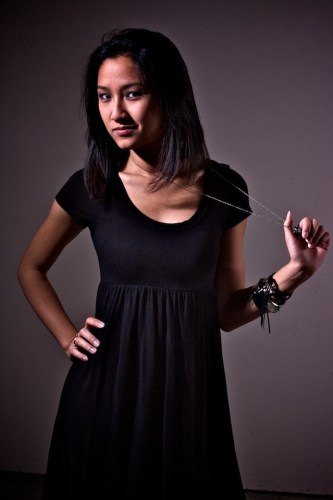
As well as the differentiation of each individual character, TWSS centers around the creation of Asian American communities. The characters’ are involved in building a stable group of queer, allied, and similarly-minded individuals in the minority-filled city of Los Angeles — a space, like other big cities, that has traditionally been portrayed in the media as predominantly white.
Santos noticed the discrepancy between media representations of LA and the reality. “In terms of representation [before TWSS] we were thinking, ‘What do we have?’ The L Word. Bleh. ‘What did we get?’ One Asian character who was there for half an episode, and she’s half Asian. That’s not a complete [representation] by any means.”
Ki adds, “Because it’s Hollywood and there are no Asians there? What? There are Asians all over.”
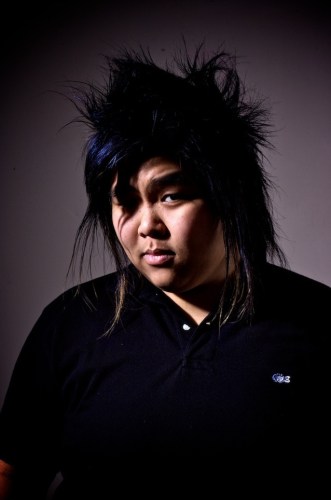
Creating TWSS — featuring five very central, developed queer Asian characters — meant wishing these representations into existence. With only a handful of contemporary queer Asian films in the mainstream, there was little guidance on how to go about starting such a substantial project. If you’re going to film an action movie, watch Michael Bay’s Transformers. If you want to write zombie flicks, watch George Romero’s Night of the Living Dead. If you’re going to film a queer Asian/American web series, where do you turn?
“Seeing Saving Face my freshman year of college was just huge,” Heng says. “It was like, ‘Oh my god. Asians!’” It was the shock of identification — Saving Face is a film about a love affair between two Asian women in New York — one an out femme dancer, the other an awkward, closeted, soft-butch, aspiring surgeon. But Saving Face is one of the very few mainstream Asian American lesbian films that have been released recently. It’s also a rarity among films about queer individuals, let alone queer Asian women, in that both lesbian main characters end the film alive, and together.
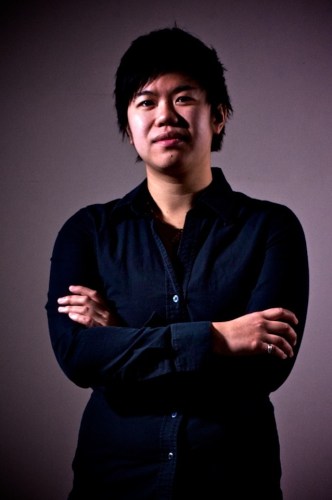
“Other than Saving Face, there’s not many Asian lesbian movies that I’ve seen because I’ve tried to find them for a long time. A lot of them, first of all, [are] kind of poorly written. And a lot of them have poor production. But they also have problematic storylines. I feel like tragedy is in a lot of gay movies as well — ‘Because I’m gay, I’ll jump off this building,’ ” Ki says. “It’s valuable to tell, but it’s problematic when it’s the only story that’s being told, or the majority of the storylines that are out there. You have to think, what does that mean? What kind of message is being put across?”
In the aftermath of the gay suicides of last year, that question is vital in considering the impact of a show like TWSS. The “It Gets Better” project championed by Dan Savage and carried out by the likes of Steven Colbert and Margaret Cho attempt to show young LGBTQA individuals that they are not alone, and there is hope, contrary to many of the tragic LGBTQA stories that exist in mainstream media and the news. TWSS has the capacity to affect queer, and queer Asian, individuals in the same way — Santos says that TWSS regularly gets emails from people, particularly young queer people, thanking the show for existing.
“It’s a little heartbreaking but touching at the same time because they’re looking at us for this little glimpse of who they are. It’s definitely made an impact on them,” Santos says. “Recently, one of the people I was talking to said, ‘I’ve started talking to other people in my group and I found the courage to go to the LGBT center.’ and I was like, ‘You GO.’ ”
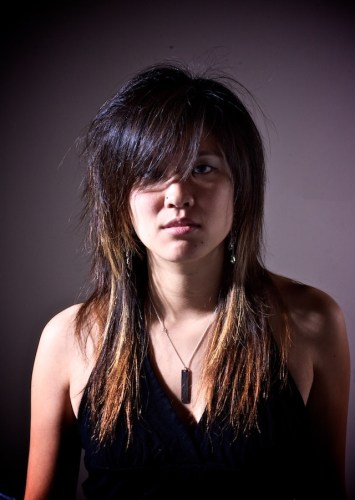
While the show has gotten a great deal of positive feedback, it still inspires criticism, even within the lesbian community. TWSS has garnered enough attention to be posted about by Trish Bendix on AfterEllen.com, and while the exposure is welcome, it can result in not always flattering comments. For every response that goes “I’m Asian and I’m … proud that there’s a show representing the gay Asian women community,” there are at least three not-so-positive remarks — such is the anonymity of the Internet.
Some of the comments can be painful to read. One lesbian commenter on AferEllen wrote a particularly scathing comment questioning the validity of Asian American representation in TWSS:
“I don’t know where people get that this is ‘Asian representation’ … having 5 Asians on a show is not the same as representing Asians. These chicks basically act like a low-rent version of the lily-white (with a couple tokens) ‘L Word’ chicks, so what’s the point? For me, just seeing Asians isn’t enough — tell the story of being an Asian lesbian. Don’t just do the same stuff again and throw Asians in there as if it’s new and groundbreaking.”
The comment is troubling for several reasons. The assumption that the women of color in TWSS act like the “lily-white … L Word chicks” implies that they are therefore interchangeable with them. It also assumes that having a show focused on Asian Americans as lead characters, filmmakers, and writers is “not the same as representing Asians” — it is as if this position of power in media is somehow inherently white, or non-Asian, in nature. It’s assuming that seeing a group of Asian women using a mode of storytelling that focuses on the social lives of several lead queer characters is “not [Asian] enough” because it is referential of The L Word, a show lacking in diversity; that presenting a familiar formula flipped on its head and critiqued with a minority cast and crew is somehow regressive instead of progressive.
“What if we made a series about a bunch of girls eating rice and speaking bad English and going to temple, being ninjas — how do you represent Asian other than the fact that we are Asian?” Luu asks incredulously.
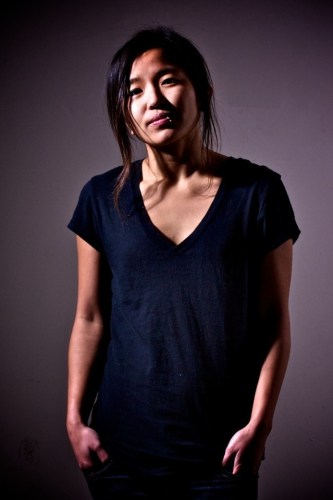
Ki brings up a valid point about minorities in media, using The Cosby Show as a reference. “If you look at The Cosby Show, it was instrumental in having a black family that wasn’t stereotypical,” Ki says — because they were affluent, Kim adds. “It was a new thing. It was valuable to see that. Being black was something that informed the little things that came out [in the show].” Ki describes how, in The Cosby Show, afros are casually brought up in a conversation about impressing girls — an element of African American culture that doesn’t bowl viewers over with a stereotypical way of establishing race.
When you look at minority experience through a minority point of view, you see nuance where others might expect stereotype. Similarly, the experience of queer Asian American women can’t, and shouldn’t, be reduced to stereotypes of the rice-eating or ninja-being nature, as Luu mentioned. While it might get a point across to present characters who universally eat rice, own restaurants, wear cheongsam (Chinese traditional dress) and are specialists in kung-fu, it reaffirms stereotype and alienates Asian Americans from mainstream (see also: “normal”) culture. Asian Americans cease to be individuals with different ethnicities and experiences and instead become “Unnamed Asian Henchman Number 2.” There’s a problem with presuming that the “Asian experience” can only be represented by a series of other-ing tropes — what the commenter might mean by “Asian representation” is something pointedly not normal, because minorities should be alien to, and alienated from, popular culture à la The L Word.
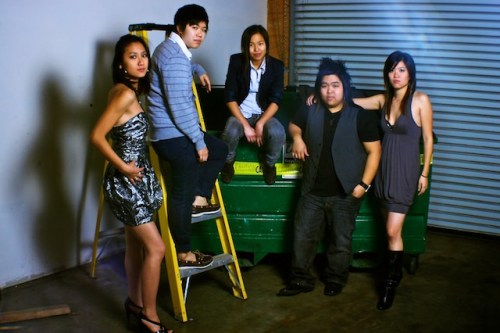
“I think we’re at a point where we’re not just establishing our Asian American identity but expressing it in an organic way,” Heng says. Rather than trying to establish the existence of Asian Americans in TV, film and other media (this has been done before, and often poorly — see Breakfast At Tiffany’s Mickey Rooney in yellow face), TWSS is figuring out how to express the Asian American experience with subtlety and care.
It’s strange, growing up Asian American and not knowing how little you see yourself in films, in TV, in magazines, until you do — it’s an almost dissociating experience. Seeing Yeoh on the screen as a child made me feel, for once, that I was represented and worthy of a lead storyline. Representation is validation. It’s the affirmation that you exist and that your story is important enough to be told and listened to. “These are our lives and experiences that we’ve had,” Luu says. “As Asian Americans, we’re representing ourselves. It’s as Asian American as we can get.”
TWSS: Episode 1 – Pilot from TWSS Online on Vimeo.

